How Photographers Can Embrace Cinematography to Tell Better Stories
Photography is an art form that speaks to the soul, capturing fleeting moments and emotions in a still frame. But what if we as photographers could take our craft a step further? What if we could tell a story through a single image and a sequence of moving visuals?
Integrating cinematography into photography opens up many opportunities for photographers to become storytellers.
Here's why I am dedicating this year to learning cinematography to tell more comprehensive stories.
1. Telling a Richer Story
A photograph might say a thousand words, but a short film can narrate an entire novel. By incorporating motion, sound, and time into our works, photographers can bring their subjects to life unprecedentedly, adding layers of depth and meaning that can be both profound and visceral.
2. Showcase the Process with Behind-the-Scenes Footage
Including behind-the-scenes footage can give viewers insights into the photographer's creative process. In the new era of perfect AI images created by writing prompts to a computer, I think showing the hard work behind the photographs is essential. It creates a connection between the artist and the audience, promoting the art and craft that shares and celebrates the art of real photography.
3. Expanding Creative Boundaries
Cinematography doesn't replace photography; it enhances it. Blending these two art forms allows photographers to experiment with new techniques, perspectives, and narratives. The transition from still to motion might seem intimidating, but composition, lighting, and storytelling principles remain largely the same. The skills we as photographers have already honed can be adapted and expanded upon in exciting ways.
4. Tools and Technology Are More Accessible Than Ever
With the availability of hiqh quality video recording in most still cameras and free editing software (DaVinci Resolve), the barriers to entry into cinematography have never been lower. On youtube you will find a plethora of how-to tutorials from cinematography to editing for free, you just need to dedicate the time to learn. If you don’t already have a Drone, I would consider investing in one, it’s both fun to explore new photographic visuals from the air, to have the drone film you as you do your craft in the field.
5. Build a Stronger Brand and Portfolio
In a saturated market, standing out is essential. Building a name for yourself with a combination of photographs and short films can set you as a photographer apart from the competition.
Conclusion: Embrace the Movement
Cinematography is not about leaving photography behind; it's about enriching it. As photographers we can become true storytellers by integrating motion into our work, offering a more dynamic, engaging, and comprehensive view of our work.
So why not take that leap? Start experimenting with video, include some behind-the-scenes footage, and see how these new dimensions can transform your art. The result might be a more vibrant, connected, and expressive form of visual storytelling that resonates with viewers on a whole new level. I’m learning editing in DaVinci Resolve, color grading, cutting, telling a story, I’m still like a newborn baby but I’m get better every week, when I feel I am at a resonable quality level I will share with you my videos of my journey in the field.
